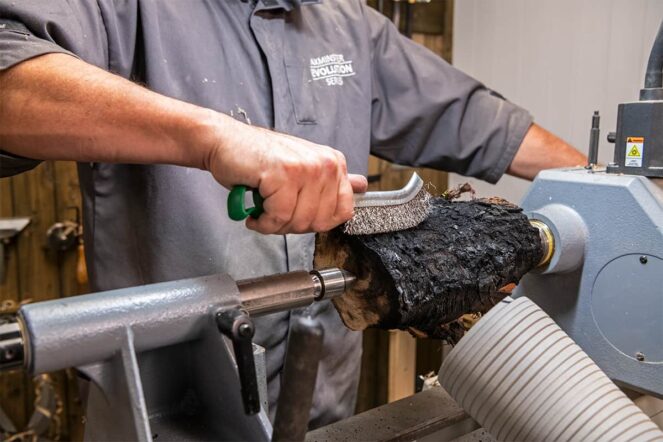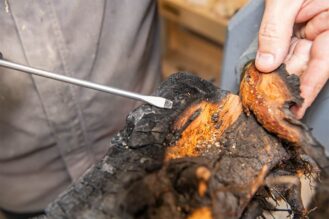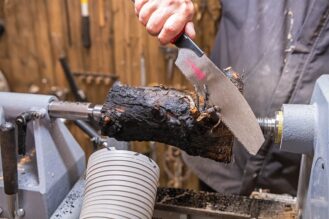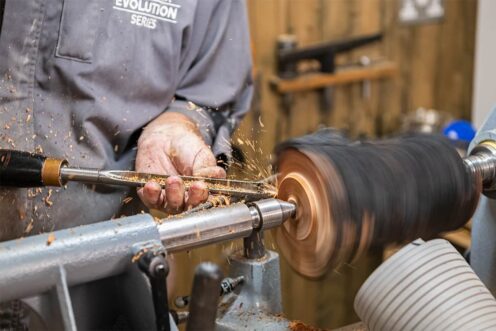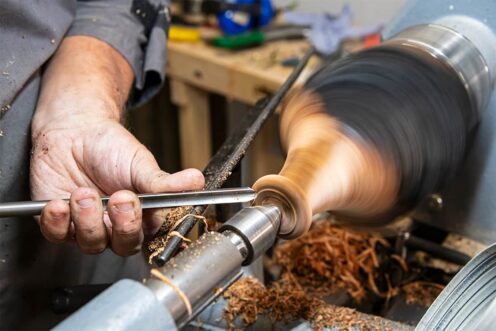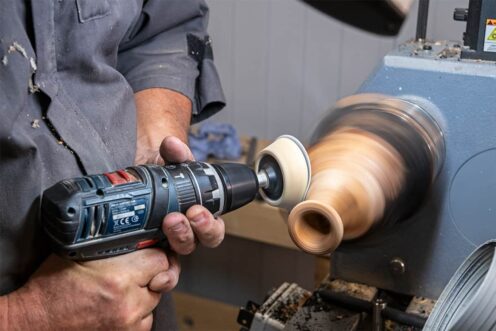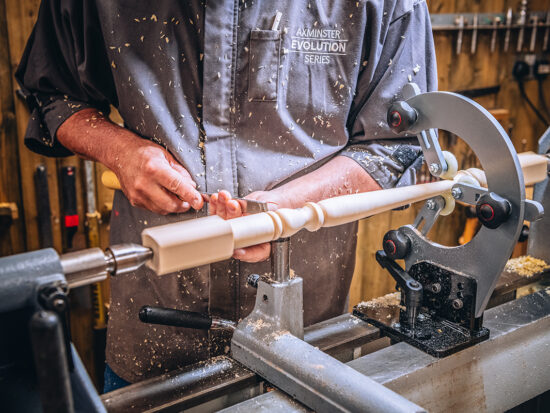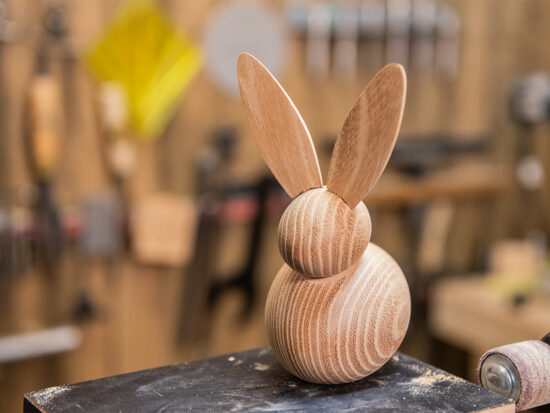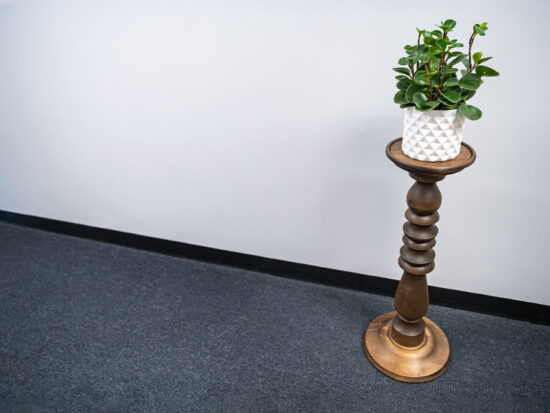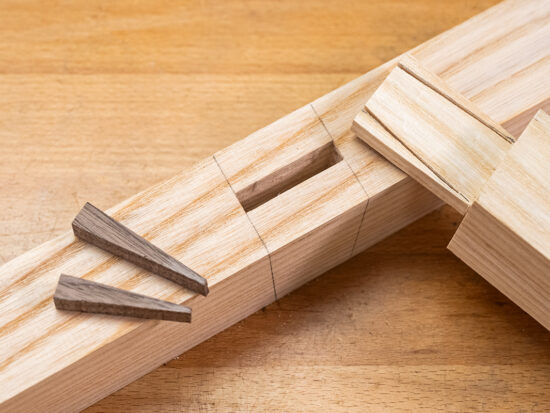Tips on Turning Driftwood
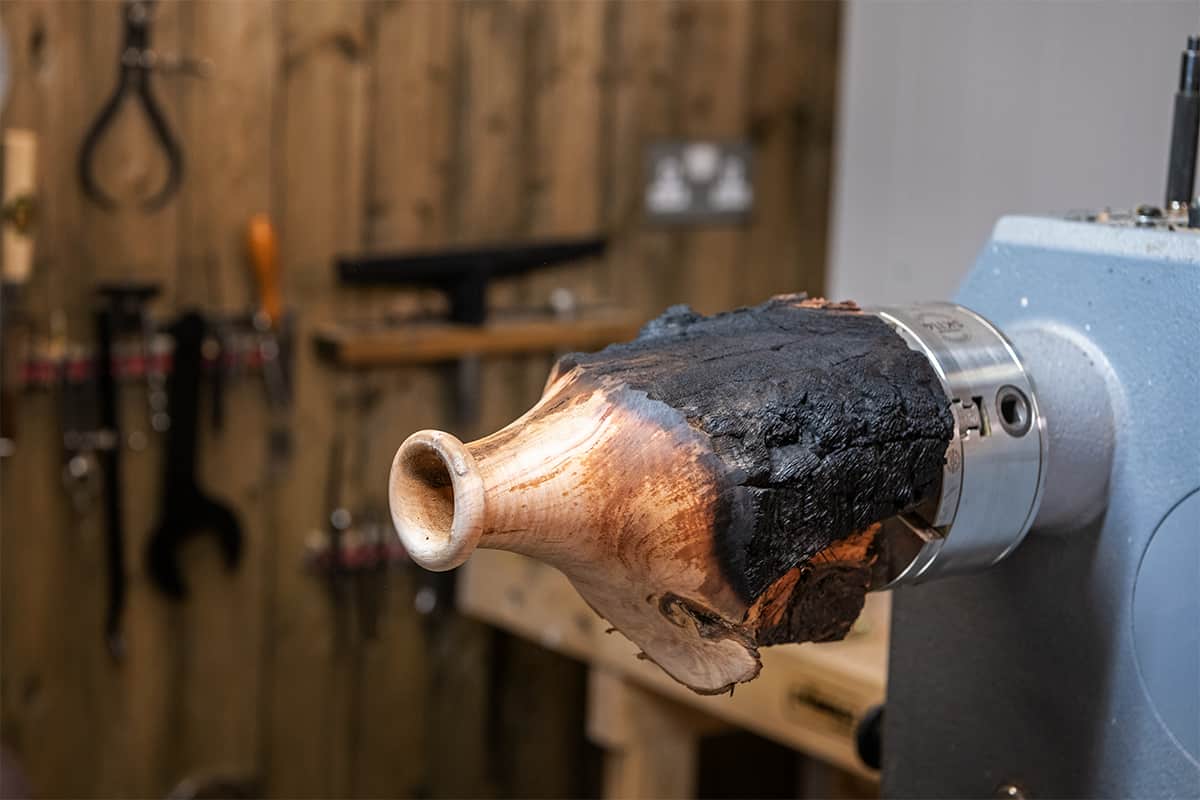
Turning driftwood can result in an interesting and unique finished piece, whether functional or sculptural offering lots of benefits to the creative woodturner. But some careful considerations and precautions will need to be taken before putting on the lathe.
Firstly, turning driftwood offers up an excellent excuse for a brisk coastal walk. Not only is driftwood a free source of timber for turning, each piece is uniquely shaped by its journey and can create beautifully unique workpieces.
Watch Colwin in our Woodworking Wisdom demo as he shows you how to prepare driftwood for turning. Or read our guide below.
Things to consider
While driftwood is a free source of timber, it should be sourced responsibly. You could pay attention to coastal signage heeding rules on where you can and can't go to not put yourself in danger. You should also only collect driftwood in small amounts.
The beauty of driftwood is you never know what you're going to get and it could have come from anywhere in the world, making your finished piece even more special. It is important to remember, most driftwood will be soaked in sea water and could contain sand and stones, so preparation is extremely important.
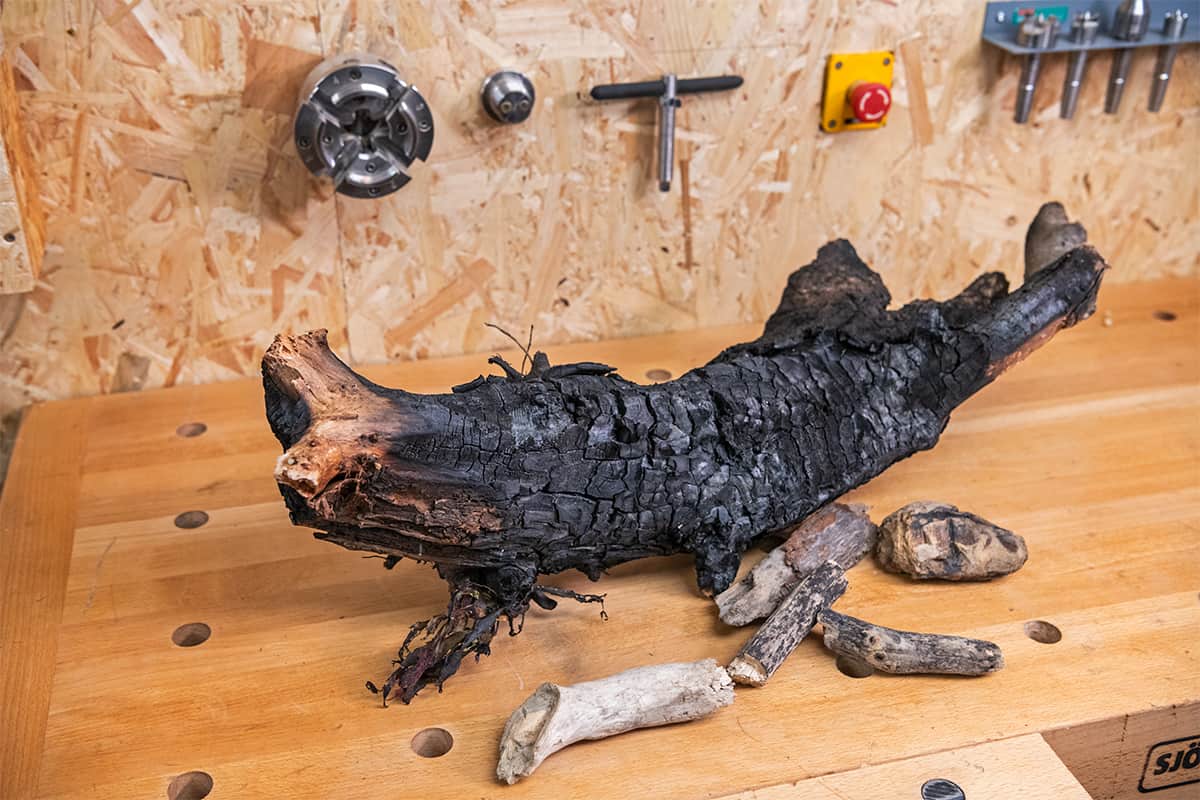
Turning a driftwood vase
Start by trimming the piece to a manageable size and taking off any large spurs or protruding pieces that might be dangerous when turning.
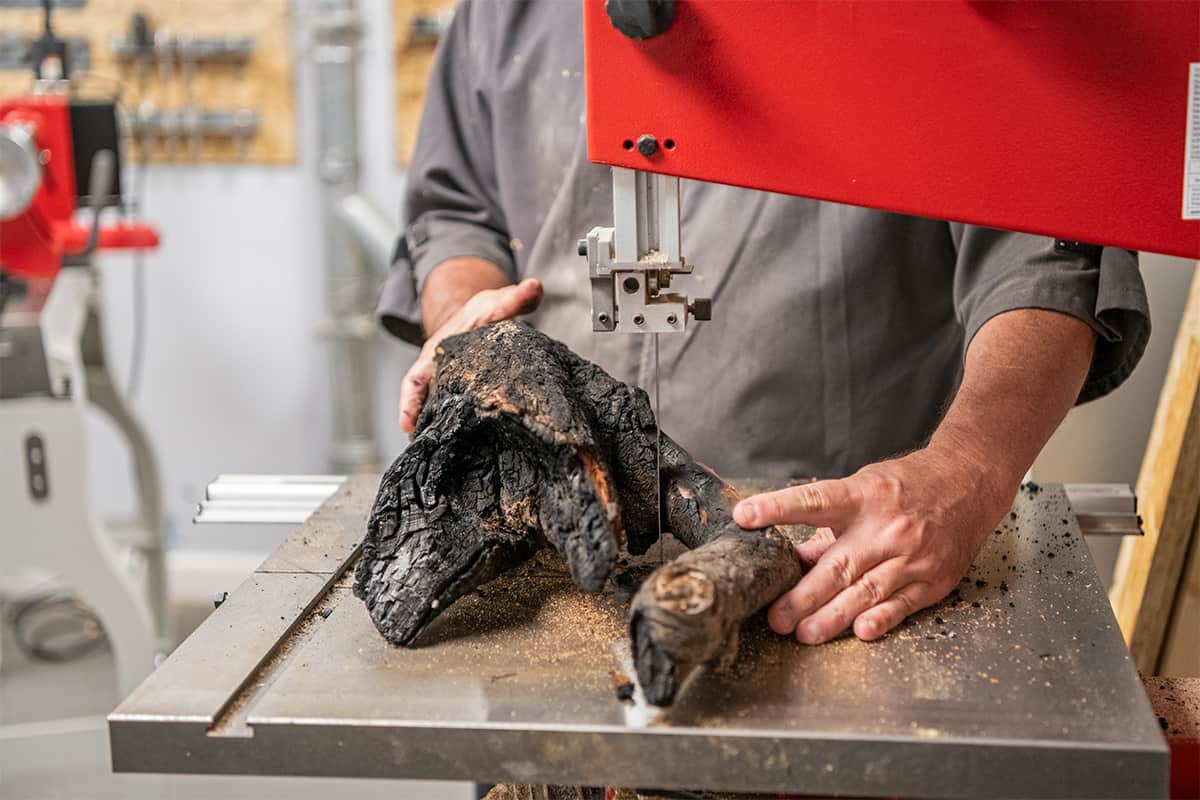
Once mounted on the lathe, check for any stones by taking off loose bark. You could also jet spray the timber before cutting, or use an air duster to blow out any debris.
The pieces we used have also been burnt, so we removed the charring with a steel brush.
Once you checked that all debris has been removed and minimised risk by taking away protruding areas you can start to turn.
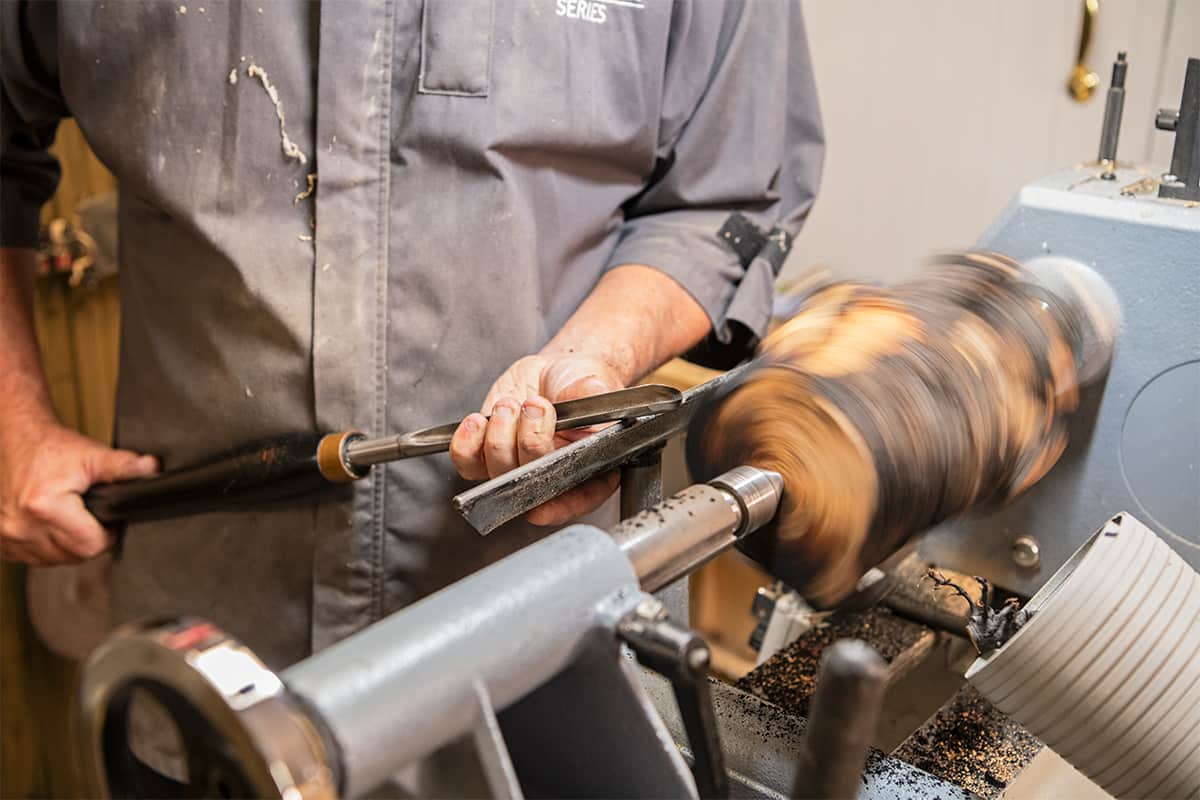
Be aware that salt water can spray from the timber as you turn. Therefore, cover or clean down any bearing metal areas such as the lathe bed and your tools.
For this vase we made a tenon to hold the vase in a chuck. Turn the piece around and hold in the chuck before shaping.
Drill the vase out using a drill chuck in the tailstock.
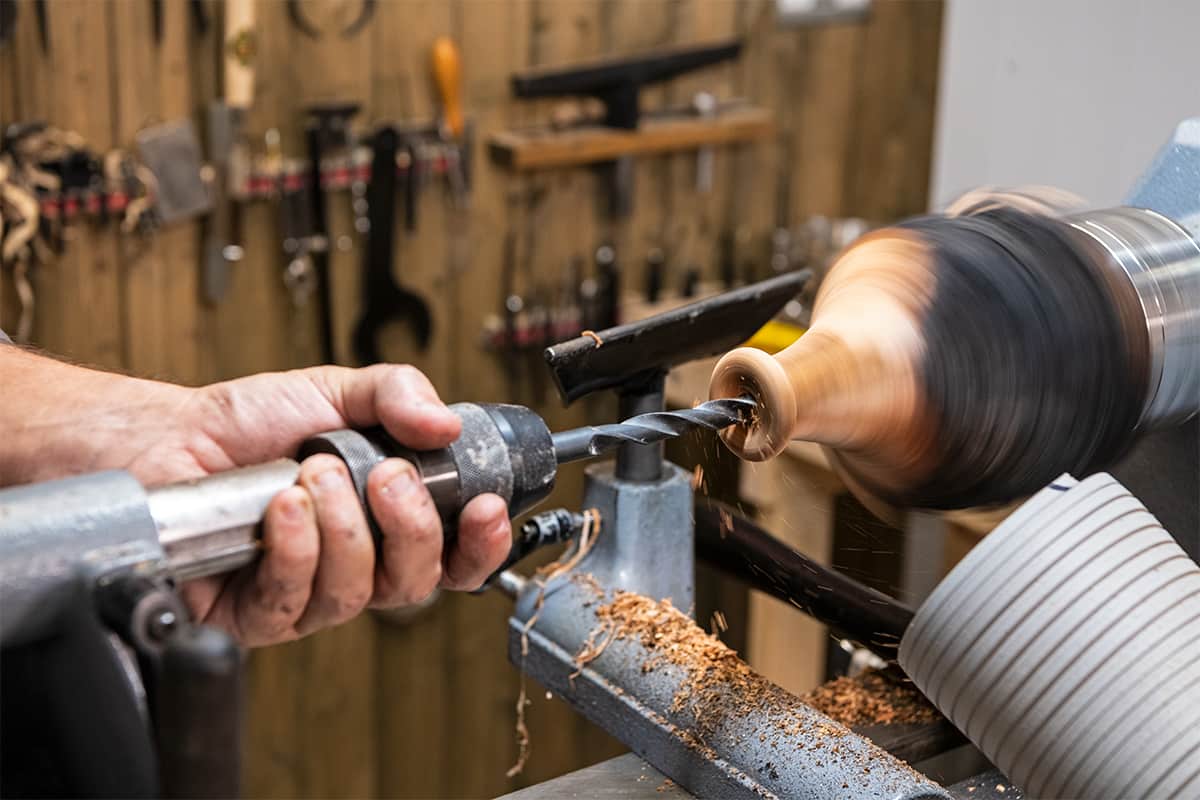
Sand the outside of the vase and finish with oil.
Using alternative materials
Turning driftwood is just one example of using less common and alternative materials for woodturning. You could turn antler, banksia nuts or even corn cobs!
Made it? Share it!
If you have had a go at turning driftwood, we would love to see your creations. Share with us your pictures on social media by searching and tagging @axminstertools on Instagram and Facebook.



